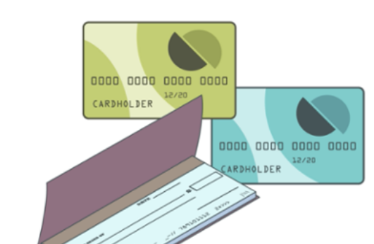Venture capital funding comes in stages called rounds. Each round helps startups grow bigger. Early rounds like seed and Series A give companies their first boost. Later rounds like B, C, and D pour in more money. The goal is to help the startup succeed and make investors rich.
How do startups transform from a mere idea to billion-dollar companies? It's all about the money. That must be the specially delicious investment-venture capital funding. However, that is not the case all of times. There are also different rounds with their own rules. Keen to learn exactly how this process works? If you want to step into the world of startup funding, read on.
Learn the stages of startup funding. Understand seed money to Series D and beyond. Find out what investors look for. See how valuations change. Discover the path from small idea to big business. Perfect for entrepreneurs and curious minds alike.
A guide to venture capital funding rounds for startups
Startups need money to grow. Venture capital funding comes in stages called rounds. It starts with seed money from friends or angel investors. This helps turn ideas into real products. Then comes Series A, which is bigger and from professional investors.
Series B and C bring even more cash. These rounds help companies expand fast. Some startups go on to Series D or E. Each round means the company is worth more. The goal is to become so successful that the company goes public or gets bought.
The different types of venture capital funding rounds

Venture capital funding starts with the seed round. This is small money to get started. Next comes Series A funding. It helps build the product and find customers. Series B is for growing the business bigger.
Series C is for successful companies expanding more. Some startups go to Series D and beyond. These later rounds are for very big growth plans. Each round usually brings more money. The company's value goes up with each round too.
How to prepare for a venture capital funding round?
First, make sure your business plan is solid. Know your market and competition inside out. Have clear financial projections ready. Practice your pitch until it's perfect Organize your team and prepare for their roles Be sure your paper work is in order as well.Make sure all your legal paperwork is up to date.
Next, research potential investors who fit your industry. Network and try to get warm introductions to them. Create what-if answers for those tough questions they are going to ask. Know Exactly How Much Money You Need and Why Have a plan on the use of your money. Demonstrate to them why your startup is an amazing investment.
The benefits and drawbacks of venture capital funding

- Access to large amounts of capital. This can fuel rapid growth and expansion. It allows startups to hire talent and develop products quickly.
- Loss of some company control. Investors often want a say in decision-making. Founders may have to compromise on their vision.
- Guidance from experienced investors. VCs often provide valuable advice and connections. Their expertise can help avoid common startup pitfalls.
- Pressure to grow rapidly. VCs expect high returns on their investment. This can lead to unsustainable growth strategies.
- Increased credibility in the market. VC backing can attract more customers and partners. It can also make it easier to secure future funding rounds.
Conclusion
Venture capital funding is a big part of startup growth. It comes in stages, from seed to later rounds. Each round brings more money and new challenges. Understanding these rounds helps founders plan better. It's a long journey from idea to successful company.
Not every startup needs venture capital. Some can grow without it. But for those who do, it's a powerful tool. It can turn small ideas into big businesses. The key is to be prepared and use the money wisely.






